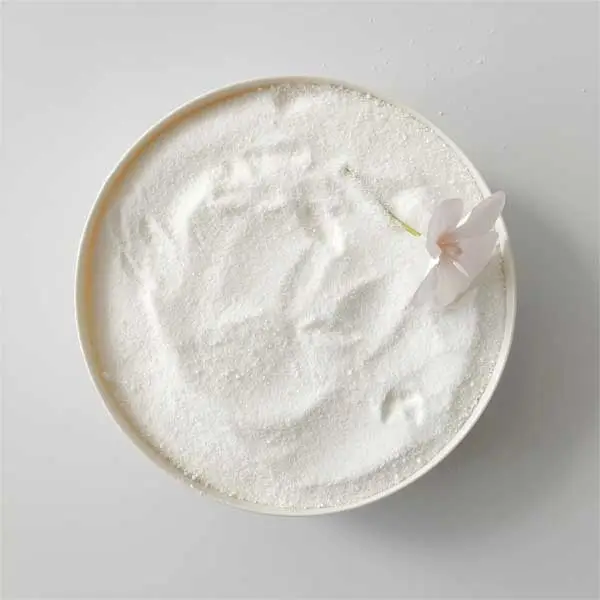Sulfonated Naphthalene Formaldehyde's Role in High-Rise Buildings
In the dynamic world of construction, the pursuit of stronger, more durable materials to support the ever-growing demand for high-rise buildings is a constant endeavor. Among the innovative solutions making waves in the industry, sulfonated naphthalene formaldehyde (SNF) stands out as a key player, contributing significantly to the strength and longevity of high-rise structures.
Understanding the Chemistry: The Power of Sulfonated Naphthalene Formaldehyde
Sulfonated naphthalene formaldehyde is a high-performance superplasticizer, a chemical admixture added to concrete during mixing to enhance its fluidity and workability. Derived from the sulfonation of naphthalene and formaldehyde, this compound imparts unique properties to concrete, making it an ideal choice for high-rise constructions.
Enhanced Workability, Reduced Water Content
One of the primary benefits of incorporating sulfonated naphthalene formaldehyde into concrete mixtures is its ability to reduce water requirements while maintaining workability. This reduction in water content not only strengthens the concrete but also enhances its resistance to cracking, a crucial factor in the structural integrity of high-rise buildings.
Improved Strength and Durability
High-rise buildings face intense structural demands, especially in seismic regions. SNF plays a pivotal role in enhancing the compressive strength and durability of concrete, providing the necessary robustness to withstand the challenges posed by vertical and lateral loads in tall structures.
Optimizing Construction Processes
The fluidity provided by sulfonated naphthalene formaldehyde allows for efficient pumping and placement of concrete, facilitating the construction process in high-rise projects. This not only accelerates construction timelines but also ensures a more homogeneous mix, contributing to the overall quality and performance of the building.
Sustainability in the Skyline: Green Benefits of SNF
Beyond its structural advantages, SNF aligns with the industry's growing emphasis on sustainability. By enabling the use of lower water-cement ratios, SNF contributes to the reduction of carbon emissions associated with concrete production. This environmentally conscious approach is essential in the modern era of construction.
Challenges and Considerations
While the benefits of SNF are evident, it is crucial to acknowledge potential challenges, such as dosage control and compatibility with various cement types. Proper understanding and application of SNF in conjunction with other admixtures are essential to maximize its positive impact on high-rise construction.
As high-rise buildings continue to reshape skylines worldwide, the role of sulfonated naphthalene formaldehyde in their construction cannot be understated. From improved workability and strength to sustainability advantages, SNF stands as a versatile solution for the evolving demands of the modern construction industry. Embracing innovations like SNF not only ensures the structural integrity of tall buildings but also paves the way for a more sustainable and resilient urban landscape. As architects and builders look to the sky, SNF remains a key ingredient in reaching new heights—both literally and metaphorically—in the world of high-rise construction.
Rocommended Products
Related News About Construction Chemicals

 English
English 


